Windows 10 Backup and Restore - Full Solutions to Protect System, Data and Applications
No one likes to think about things going wrong, but it is best to be prepared for the worst. Here, we are going to explore Windows 10 backup and restore options, revealing just what it is you need to back up, and how to go about doing it.
You many well be aware of various Windows 10 backup and restore approaches, but which is best? While it is true that you can take care of much of the backing up process yourself, in reality your life will be a great deal easier if you turn to a dedicated backup and recovery tool to help you out.
What we're talking about here is the process of backing up your entire computer, not just important files and folders. By opting to go all out in this way, you give yourself a quick and easy way to get your computer back up and running if something terrible should happen. it means that you can essentially take a snapshot of your computer which you can return to with relative ease – and without the need to speed hours reinstalling all of the software your need.
What Do You Need to Do for Windows 10 Backup and Restore?
Just what you need to back up really depends on how you use your computer, but there are various things to consider. There are, of course, your personal files, photos, videos, documents, and so on, but there are also this like the applications you have installed, the settings you have in place in both Windows 10 and your software, and any history records that the apps you use may generate. There is also the registry to consider, drivers, and much more.
Just starting to look at this list should make it apparent that undertaking a manual backup is going to be something of an arduous task – and this is precisely why the likes of Qiling Backup were developed!

There is a trial version of Qiling Backup available for you to take for a test drive.
Choose A Suitable Method to Backup and Restore Windows 10
The manual option
Your computer contains a huge number of files. Some of these you will have created yourself, some are part of Windows 10, and other will have been created by the programs you use. In many instances, backing up files can be as simple as copying them to another location, but this is not something that you can do for Windows' own files; many files are in use when your computer is switched on, and this will prevent you from making copies of them.
However, if you are determined to do things manually, there are still certain things that you will be able to backup with relative ease. Windows includes the System Restore feature which enables you to create a restore point that backs up the registry, key system files and the applications you've installed.
You can find System Restore by clicking the Start button and searching for "Create a restore point". You can then click Create and enter a name for your restore point. Should something go wrong in future – such as a problem with driver conflicts – you can roll back your computer to an earlier time by reverting it to a restore point.
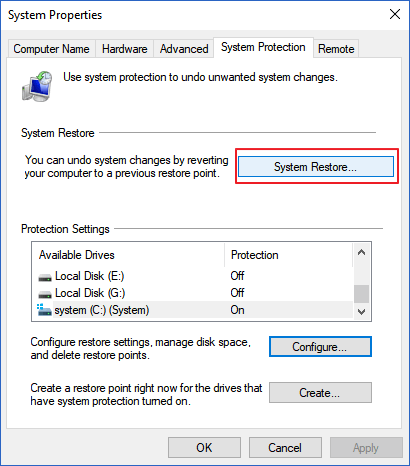
Windows 10 retains the backup tool from Windows 7, but it is slightly hidden – this is because, although the tool still works, it is not officially supported by Microsoft. Open Settings and head to the Update & Security section. Click the Backup link to the left, and then click "Go to Backup and Restore (Windows 7). Now click "Create a system image to the left" and indicate where you would like to save your backups – you can choose a network drive, hard drive (local or removable) or recordable DVDs. There are no further option to consider; you just need to click the "Start backup" button and wait while your backup is created.
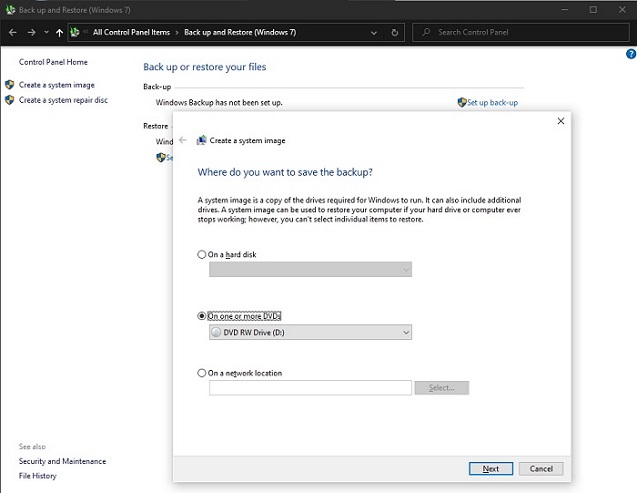
Windows 10 also includes the File History tool which can also be found in the Backup section of Update & Security in Settings. Click "Add a drive" and choose where you would like to save your backups. Make sure that the "Automatically back up my files" option is enabled, and click "More options". You can then use the drop down menus to choose how often files should be backed up, how long backups should be retained, and which folders should be included.
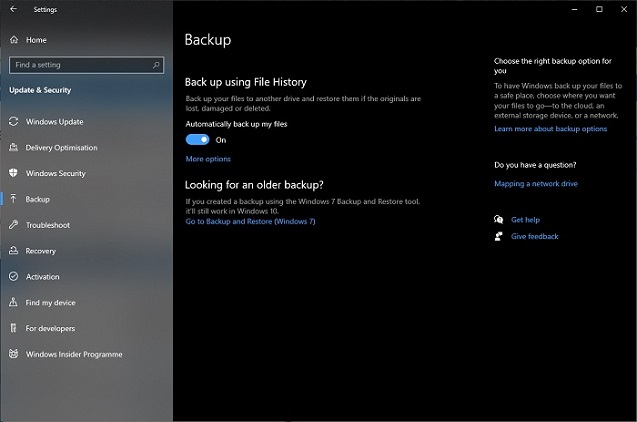
The automated option: Qiling Backup
As you can see, backing things up manually in Windows 10 is a bit of a convoluted process – and that's precisely why turning to Qiling Backup makes so much sense. In just a few clicks you can secure your entire system, backing up the full contents of its hard drive or hard drives.
There are three main versions of the PC backup and restoration program available: Qiling Backup Free Edition is available free of charge for home users to back up personal data, and more advanced features available in Qiling Backup Home Edition. There's also a version for Mac users to do data backup and protection.
Creating a full system backup is incredibly simple. Fire up the application, and click the System Backup button in the panel to the left – it is the second button down after the menu icon. The first thing you need to do is choose where the backup will be saved, and you can opt for an external hard drive, NAS drive, or other networked devices.
Click the Schedule link and you can now only configure settings that will ensure your backup is constantly kept up-to-date, but also choose between full, incremental, and differential backups. There are more advanced settings available if you click the "Backup options" button, but this is not necessary. Instead, you can just click Save and wait for the first backup to be created on a schedule, or start the process straight away by clicking Backup.
Please follow the detailed tutorial below to do a Windows 10 backup and restore with Qiling Backup
Step 1. Launch and run Qiling Backup on your Windows 10 PC and choose "System backup" to back up Windows 10.

Step 2. Select the backup destination, the software will choose the most suitable location by default.
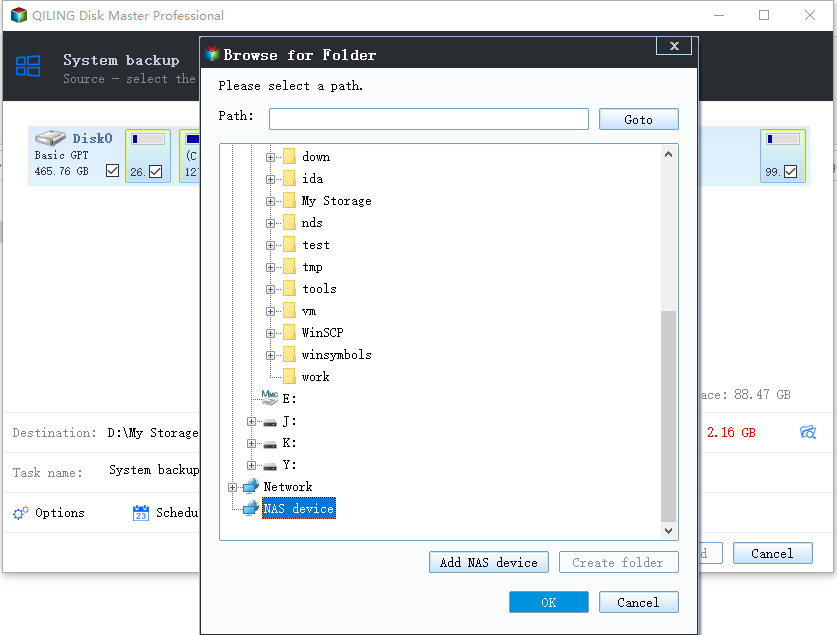
Step 3. Click "Schedule" option to open the Backup Scheme window, here you can create a scheduled backup plan to backup Windows 10 later, daily, weekly, monthly. Then, your Windows 10 will be automatically backed up.
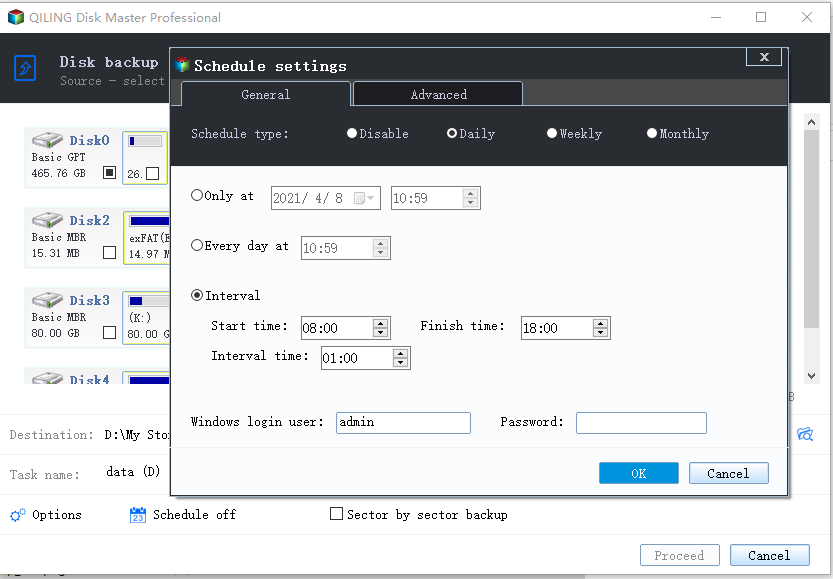
Step 4. Save all of the changes. Click "Proceed" to start Windows 10 system backup.
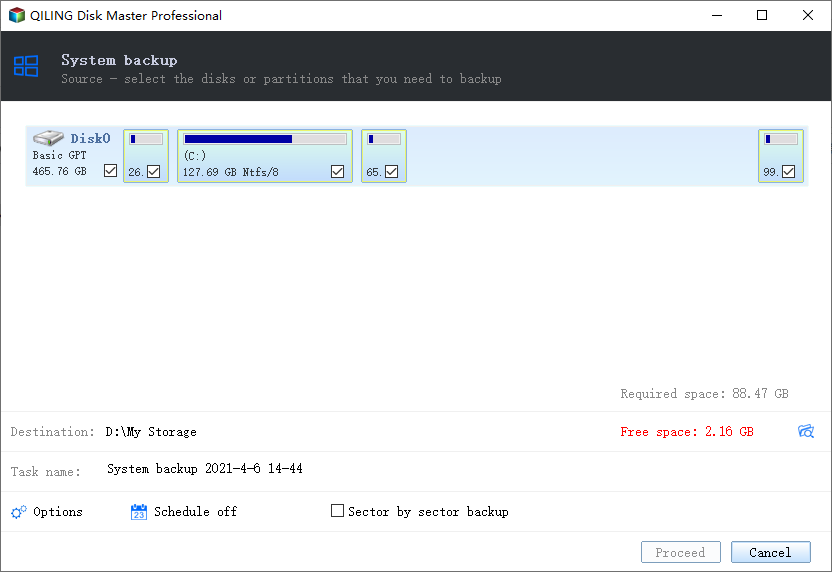
If the Windows 10 system encounters any disasters or damaged issues, please run the system recovery feature in Qiling Backup.
Step 1. Open Qiling Backup, click the "Recovery" button on System Backup column.
Or click "Browse for recovery" to select the system backup you created in advance.
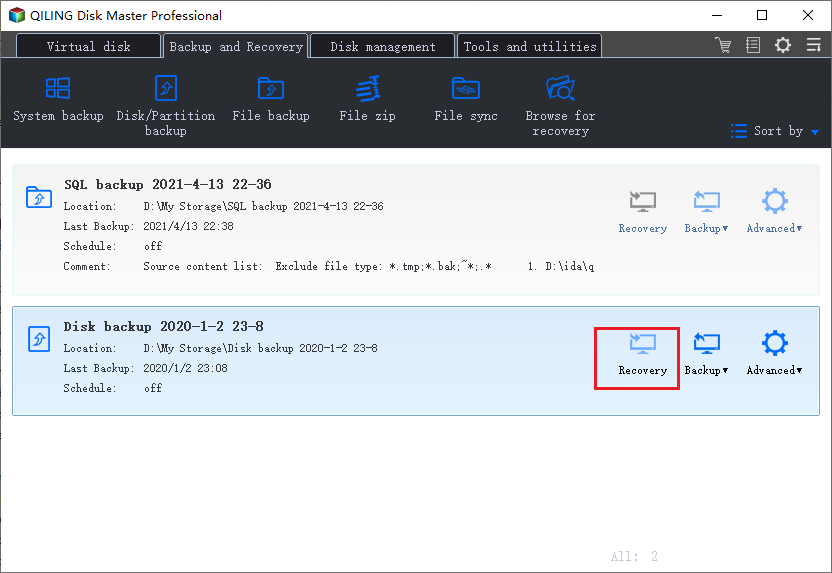
Step 2. Choose one History version of the backup image, after confirming the contents, click the "Next" button.
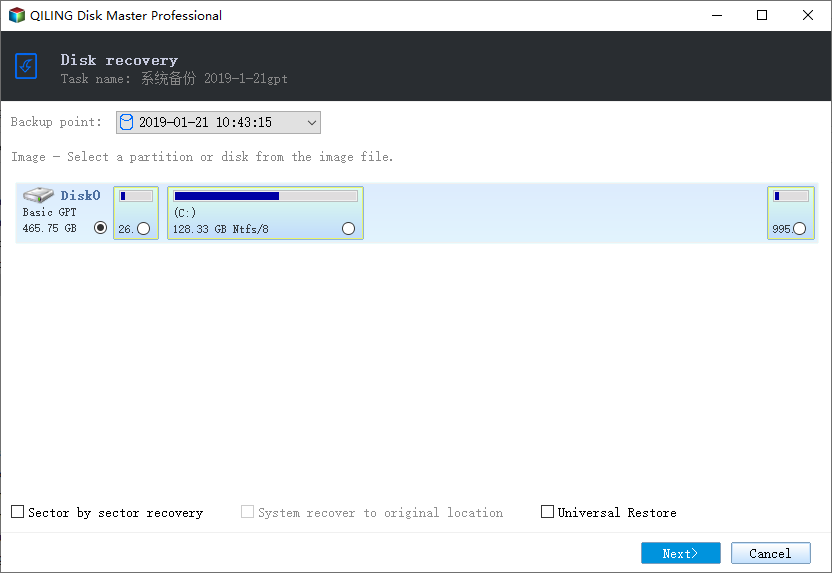
And select the target location to restore your Windows.
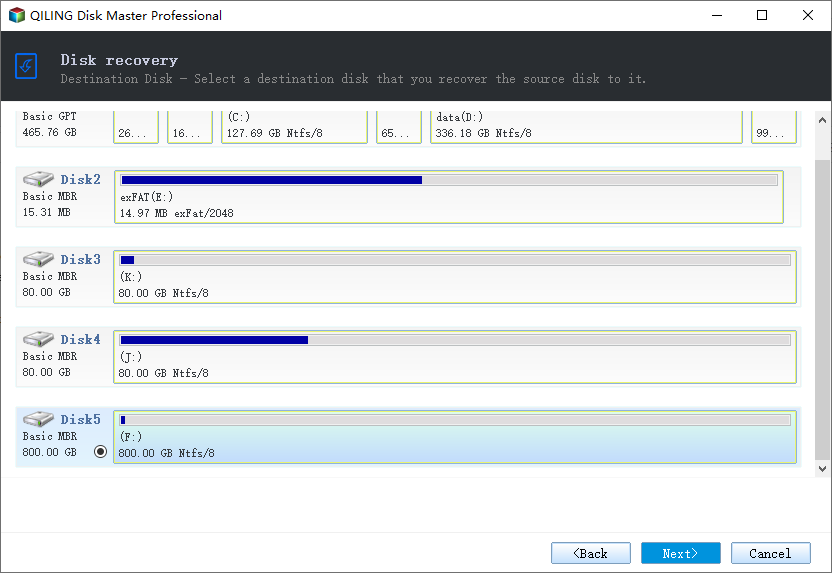
Step 3. Then click "Proceed" to start backup recovery.
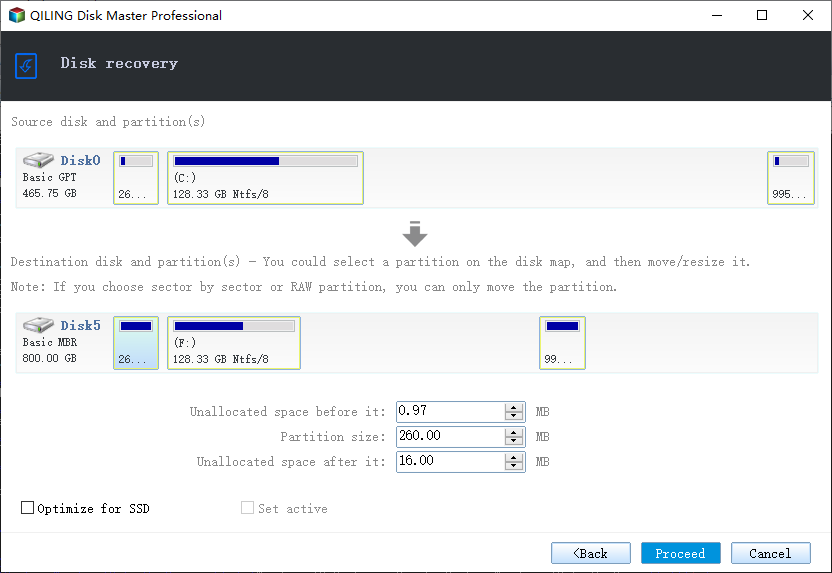
Wait for the process to complete, restart your computer and then you should be able to run Windows OS on your computer again.
In summary
While Windows 10 includes various tools and options that can be used to back up your computer, it is far from simple. It makes much more sense to use a program like Qiling Backup to take care of everything in one place, and to ensure that the backups you create are automatically kept up to date – after all, an out-of-date backup is not much better than having no backup at all.
Related Articles
- How to Copy/Move Recovery Partition to USB or Another Hard drive [2 Ways]
- Windows 10/8/7 System Restore Points Not Working
- [Solved] This Application Was Unable to Start Correctly (Error Code: 0xc000007b)
- How to Create and Restore (Windows 10) System Image to Different Computer
- Hard Disk Backup in Windows 10/8/7 [Beginners' Guide]